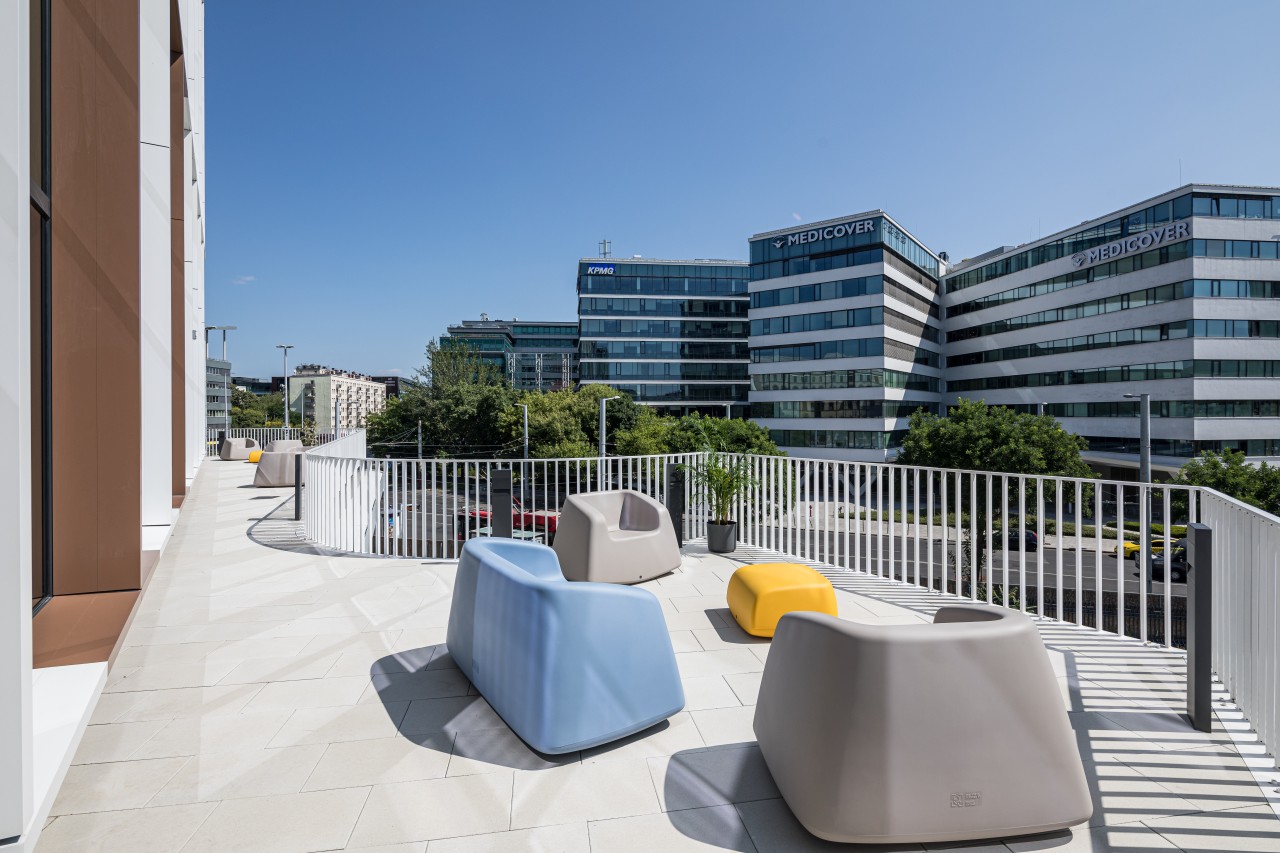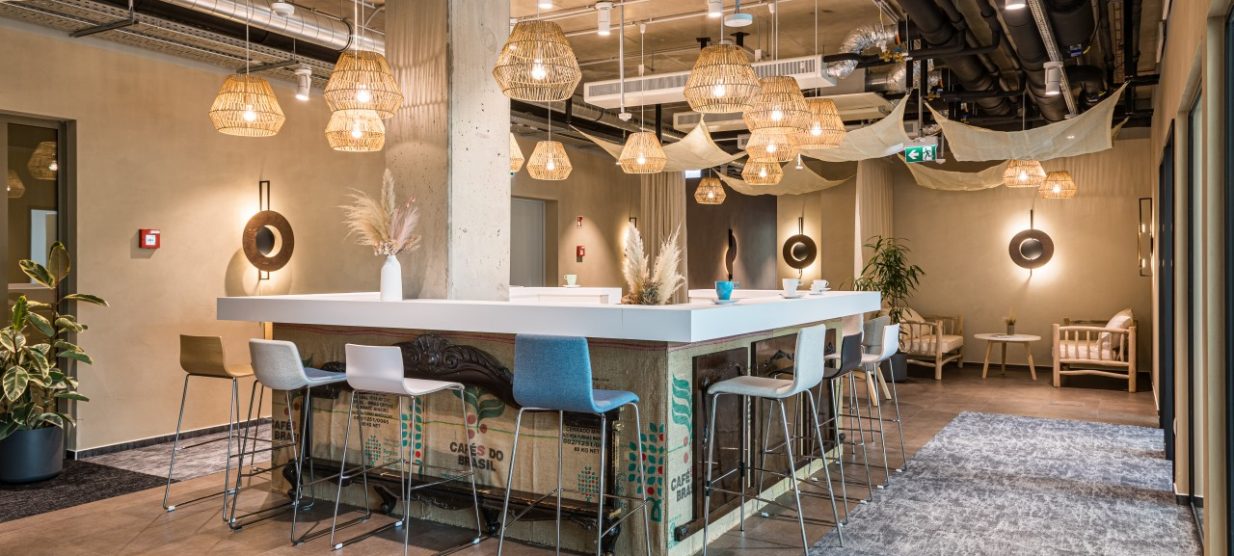The Psychology of Common Areas: How They Impact Employee Morale
Crafting office spaces that prioritize well-being is not just an architectural decision, but a commitment to fostering employee morale and organizational excellence. In the offices, where people spend most of their time, the design of communal spaces can become a canvas for inspiration, comfort, and collaboration, profoundly influencing employee health, happiness, and productivity.
Scientific research shows that office design significantly impacts employee morale, vitality, and overall productivity. Proper office design can lead to 33% happier employees, reduce turnover by 58%, increase revenue by 33%, and boost productivity by 12%.
Why care about employee morale?
Why care about employee morale?
Employee morale highly influences various aspects of organizational dynamics. It refers to how employees feel about their job and the company they work for. It includes their level of happiness, contentment, and positive attitude while being part of the organization.
High morale among employees leads to increased engagement, where team members feel more connected and committed to their roles. It boosts motivation, driving individuals to put forth their best efforts. Moreover, it fosters productivity, efficiency and loyalty, creating an environment where employees feel valued and appreciated.
The ultimate goal of cultivating high employee morale is to establish a company culture that employees cherish and are reluctant to leave, ensuring long-term success and stability. But in addition to several factors that influence this, how exactly do common areas in the workplace play a role in boosting employee morale?

The role of common areas
The role of common areas
Common areas in modern workspaces play a vital role in shaping the workplace environment. Common areas include:
- Lounges
- Kitchens and canteens
- Meeting spaces
In a well-designed office area, the layout of these areas are created to serve crucial functions like fostering collaboration, providing relaxation spots, and accommodating informal meetings.
Comfort, ease and inspiration
Comfort, ease, inspiration
The design of a space can either foster a collaborative atmosphere or hinder communication, depending on its layout, acoustics, and overall ambiance.
Communication and professional connection is often easier and more effective in well-designed areas. For instance, open spaces with accessible seating arrangements encourage spontaneous conversation, while quiet, more private areas allow for focused discussions. If the goal is to boost employee morale, then designing common spaces accordingly is essential.

The importance of design
The importance of design
Research shows that factors like lighting, color temperature, and spatial arrangement can profoundly impact how these spaces are perceived and utilized.
Poorly lit, cramped, or poorly laid out common areas may discourage usage, affecting opportunities for creative collaboration and informal interaction. Conversely, well-designed common spaces, characterized by ample natural light, comfortable seating, and aesthetically pleasing elements, can promote creativity, openness, and a sense of community. Effective design fosters an environment conducive to both relaxation and dynamic brainstorming, enhancing overall workplace satisfaction and productivity.

Common areas in services offices
Common areas in serviced offices
In serviced offices, common areas are strategically designed to enhance employee morale. These spaces are tailor-made to cater to the diverse needs of various departments, ensuring a conducive environment for collaboration and creativity.
Businesses choosing serviced offices benefit from these well-thought-out spaces without the hassle of creating them independently. Serviced offices prioritize creating an atmosphere that not only fosters productivity but also makes employees feel comfortable and valued. By offering such well-equipped and inviting common areas, serviced offices play a key role in boosting employee morale, encouraging teamwork, and enhancing the overall workplace experience.
Learn more about the common area solutions and discover the role of breakout areas in office design.

Do not hesitate to contact us
Get in touch, if you have any question
